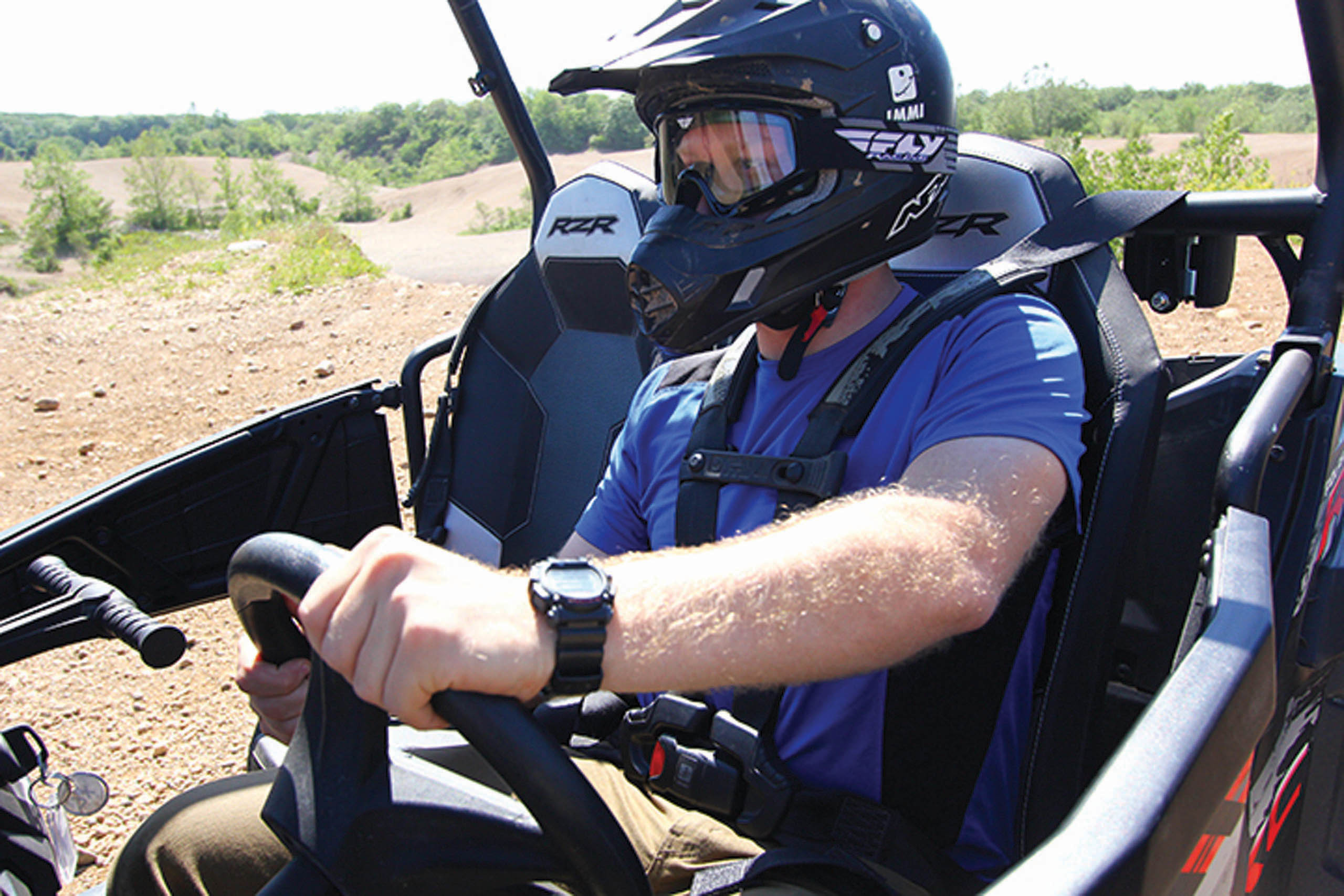Powersports Market: Ripe for Opportunity

Fueled by Record Demand, the Powersports Market Explodes, Crossing Into the Mainstream
Powersports sales have been on fire, dramatically increasing across the board since 2020, but resulting in part of the supply-chain woes we're constantly reading about in the news. The culprit: enthusiasts and even ordinary people desperately seeking adventure to distract themselves or reemerge from the COVID-19 doldrums.
However, the supply-chain conundrum has limited the number of vehicles being manufactured, which has required dealerships to turn to preordering, according to Dave McMahon, content director for Power Sports Business magazine. In the past, dealers may have had stacks of ATVs sitting in the parking lot waiting to get into the showroom. With a gap in dealer inventory, demand is far outpacing supply. Now, every unit is often already presold and out the door. Dealers have had to adapt to a whole new way of doing business.
The supply-chain meltdown is also preventing manufacturers from getting parts to finish their products, and everybody in the powersports industry is feeling the heat.
"Shock absorber manufacturers are missing a couple of pieces, and they can't get product off the shelves because they're not completed yet," said Jim Ryan, marketing and sales director for SCORE International. "It's little things that are causing tremendous wait orders."
Not to be outdone by UTVs, motorcycle sales have increased almost 22%, thanks in large part to economic stimulus money and low interest rates, according to Carl Parker, owner/publisher of ADVMoto magazine.
"Dealers are selling out of all kinds of vehicles, from two to four wheels," Parker said. "They're selling at retail-plus and sometimes even retail-plus-plus. In the motorcycle industry, we've found a heavy emphasis on smaller, beginner-oriented bikes. Many people are buying them—not just new riders but also experienced riders who are shifting to smaller models."
The COVID-19 Factor
COVID-19 forced people to get outside to spend time with their families, so the pandemic has been a boon to business for motorcycle, ATV and side-by-side manufacturers and dealers.
"Dealerships have had their best couple of years ever because people are just looking for something to do," McMahon said. "That might mean buying a first motorcycle and learning how to ride. Or maybe you have an ATV and now you buy a side-by-side to take the family out. A lot of that has changed now, but at the onset of the pandemic, dealers told us that's what drove much of the sales."
According to Ryan, the pandemic blew everything up in a positive way. Dirt-bike sales—which had been in decline for years—suddenly took off, so the demand caused by COVID led to orders being placed at record levels not only with racing but also lifestyle usage.
Parker added that for accessories, there was also a shift to internet purchasing.
"It was positive in a sense, but it was a double-edged sword," he said. "Many providers didn't know how the pandemic would affect them, so some of them went shy on inventory, thinking there was going to be an economic collapse... The market surge left a lot of people out of supply. They ended up having to turn away customers, which you never want to do."
What's Trending
From SCORE's perspective, Ryan said that UTVs have assumed more duties than the first utility vehicles built many years ago. Today they're found in top-level motorsports and enthusiast programs, and they're even used for agricultural applications and have overlanding capabilities. In terms of trends, their usage just keeps growing into other lifestyle categories; it's not just racing.
McMahon estimated that approximately two out of three side-by-sides are used for work, recreation or utility.
"You hop into your side-by-side when you go ice fishing in Minnesota, and it's a fully enclosed cab with automatic windows, full heat and air conditioning," McMahon said.
"The comfort level that some of these manufacturers are providing goes beyond what a customer would have expected they'd be able to get coming into the market for the first time during the pandemic."
The vehicles also get bigger and stronger every year, pushing the limits of what the machines can do, according to Larry Gray, sales manager for IMMI (booth #60043)—a safety restraint supplier of three-point and multi-point harnesses to both OEMs and the aftermarket. Side-by-sides have hit their power threshold, Gray said, and because of that, the focus will trend toward upgrading the vehicle's interior.
Among older enthusiasts, there tends to be a large crossover demographic between off-road riding, motorcycling and off-road four-wheeling with UTVs.
"Because of the cost of the new UTVs, you're generally looking at a slightly older demographic, closer to retirement age," Parker said. "They have the money, and many of them have both motorcycles and side-by-sides in their garages. It's not like they're giving up on one and going to the other or vice versa. These types of vehicles actually complement each other, and there's a buyer's market for both of them. Consumers want to be able to explore the world off-road, and both have their own merits. I'd be willing to bet that many of the off-road side-by-side enthusiasts also have dirt bikes in their garages."
The bottom line is that powersports enthusiasts just want to get dirty and explore, whether on a side-by-side or motorcycle. Both new and used adventure dual-sport bikes are doing extremely well, and so are the aftermarket parts and accessories for them, Parker said. Items such as clothing and hard parts are in short supply, including helmets, armor and gear.
"We expect this trend to continue as people move away from a traditional employment environment to more flexible work duties and conditions," Parker said.


